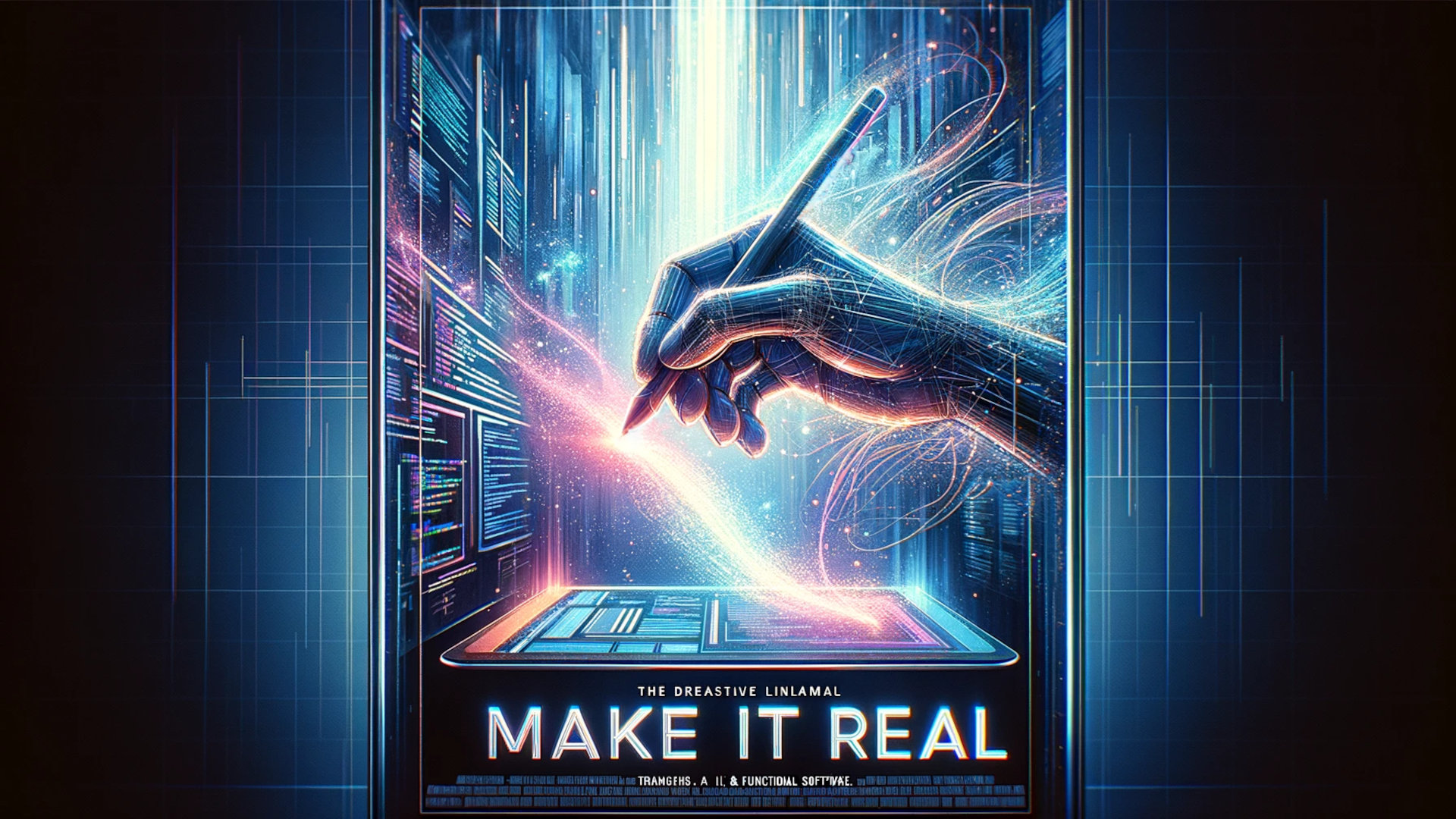In the evolving landscape of software development, there’s a growing movement towards creating more personalized, community-driven, and locally controlled applications. This movement, often described as “home-cooked software,” is championed by what Maggie Appleton terms “barefoot developers” — individuals focused on crafting software solutions that address local needs and contexts. The Rise of Barefoot Developers Inspired...
Tag: development
AI and the Future of Software Development
Imagine standing on a podium, baton in hand, ready to conduct a symphony of code. This is the future of software development, where developers act more like orchestra conductors than solitary coders. As someone working with LLMs, I’ve witnessed firsthand the rapid advancements that have transformed our capabilities. These changes bring excitement and anxiety, hope...
Exploring the Capabilities of “Make It Real” by tldraw
A recent development in the field of software design and development involves tldraw's new feature, "Make It Real." This tool, incorporating OpenAI's GPT-4V API, offers the ability to convert vector drawings into functioning software code, specifically using Tailwind CSS and JavaScript. Technical Overview of "Make It Real" "Make It Real" operates by interpreting vector-based sketches...
Why Large Language Models will replace Apps
The dawn of large language models (LLMs) like GPT from OpenAI that can write their own code and adapt to novel requirements promises a more flexible approach to software development. In this article, we will explore in detail why apps as we know them will soon be a thing of the past and how LLMs...
Software Development Team Trends for 2022
Top Frontend Frameworks to Increase the UI Appeal
From Google LLC of the USA to Samsung Group of South Korea and ARM Limited of the United Kingdom, all the Big Giants of different industries across the world stand to be the notable players when it comes to spell-binding the global market with seamless user interface. Did you know that the global UI services...
What are the Responsibilities of the Team during the Discovery Phase?
The team that participates during the discovery phase is a key factor in your product’s success. The project’s complexity, goals and the number of specialists required to make the team work depends on their needs. Here is a list of team members for a discovery-phase team. Project Manager. The project manager plans and organizes meetings...
What Is the Discovery Phase? And why should I pay for it?
The discovery phase is a process of collecting and analysing information about the project. It precedes the development process and allows getting a well-rounded and comprehensive understanding of goals, scope, and possible limitations. The discovery phase (or stage), is where you study the target market, determine your product-market fit, and gather all project requirements. People...
Availability Heuristic and Representativeness Bias: How to deal with it as Developer
Availability heuristic was first introduced in 1973 by psychologists Amos Tversky and Daniel Kahneman in the paper titled “Availability: A Heuristic for Judging Frequency and Probability.” Tversky and Kahneman explain that the availability heuristic is a product of human nature to rely on information that is readily available—information that is easily recalled from memory. The...
10 Best Technology Solution Providers of 2021
The end of the year is approaching and it’s time for awards. After making it under the top 10 in the UBS Future of Finance Challenge 2021, our work also got featured as one of the 10 Best CEM Solution Providers of 2021. So, I am feeling (again) honored that IKANGAI has been shortlisted to...









